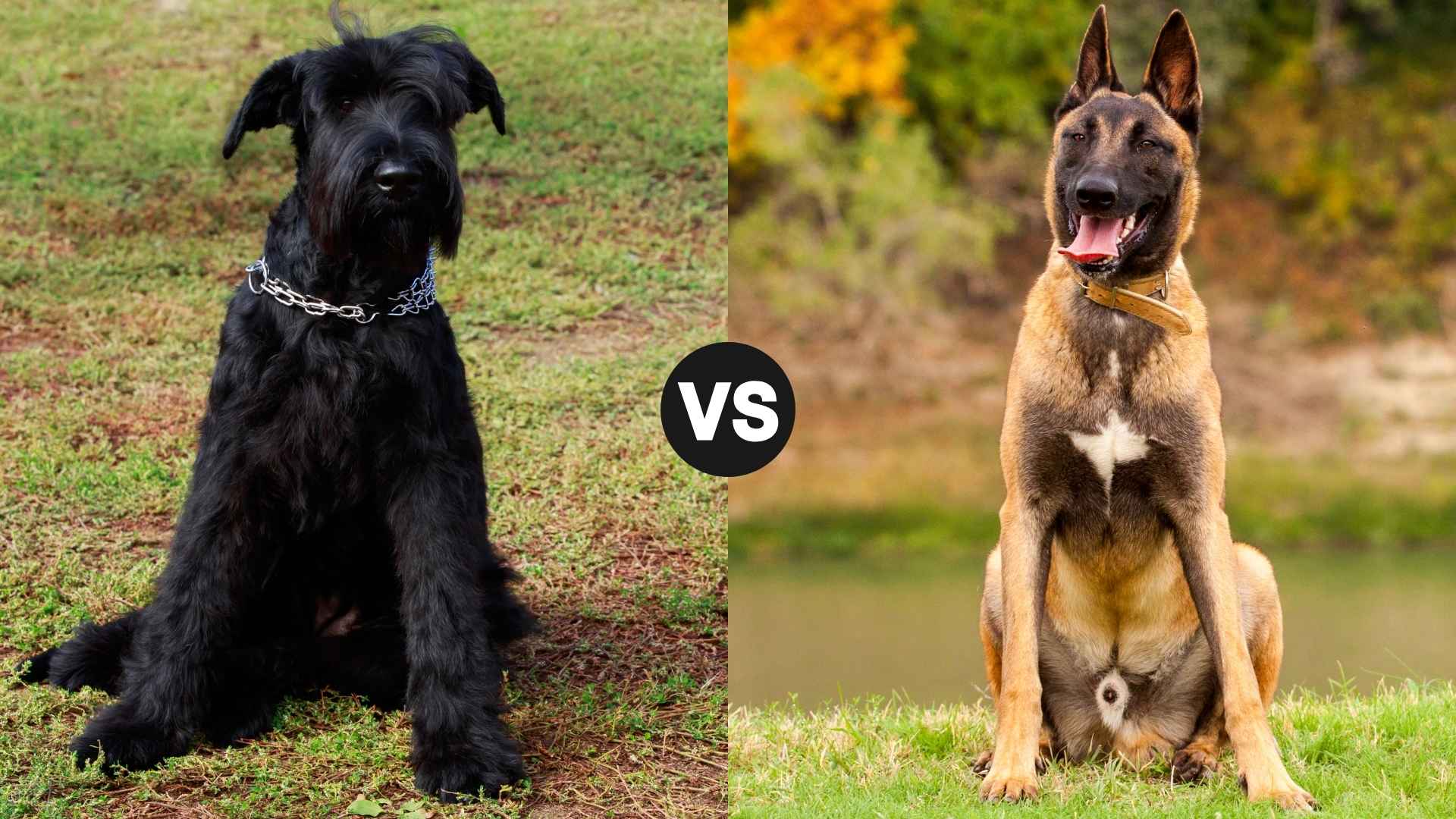When brains meet brawn, you get two of the most impressive working dogs out there: the Giant Schnauzer and the Belgian Malinois.
Both breeds are sleek, powerful, and packed with intelligence, making them favorites among police, military, and experienced dog owners. But don’t be fooled by their similar resumes—these dogs are as different in personality as they are in grooming needs.
The Giant Schnauzer is a bearded brute with a stubborn streak and a heart of gold. Built like a tank and smart as a whip, this breed thrives with strong leadership and daily challenges. On the other paw, the Belgian Malinois is an athletic marvel—highly driven, laser-focused, and not for the faint of heart. Their energy is unmatched, and their loyalty is fierce.
If you’re trying to decide between these two exceptional breeds, you’re likely someone who craves adventure, structure, and a dog with purpose. This side-by-side comparison will unpack everything you need to know, from exercise needs to temperament, to help you choose the ultimate canine companion. Buckle up; this isn’t your average breed debate!
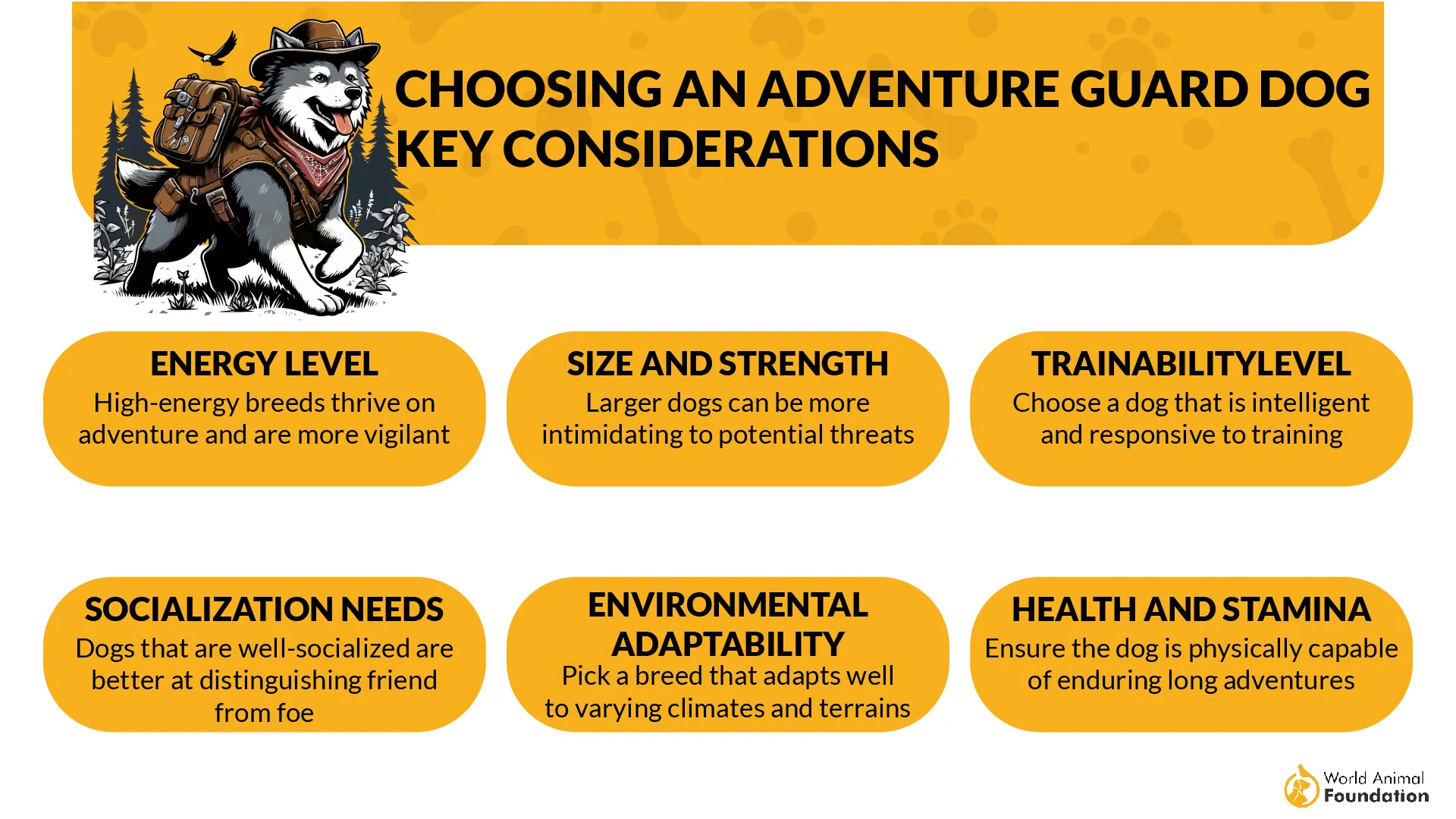
Giant Schnauzer vs. Belgian Malinois
Size and Weight Differences
When it comes to size, these two are no lightweight contenders. But don’t just think “big dog” — each has its own impressive build, history, and swagger.
Giant Schnauzer:
The Giant Schnauzer evolved in the Bavarian Alps as a multipurpose farm dog—part cattle herder, part guard dog, and part charming beard model. Their size was essential to control livestock and defend homesteads.
According to the AKC, the breed’s strong and sturdy build presents what enthusiasts proudly describe as a “brave and noble silhouette of a dog.”
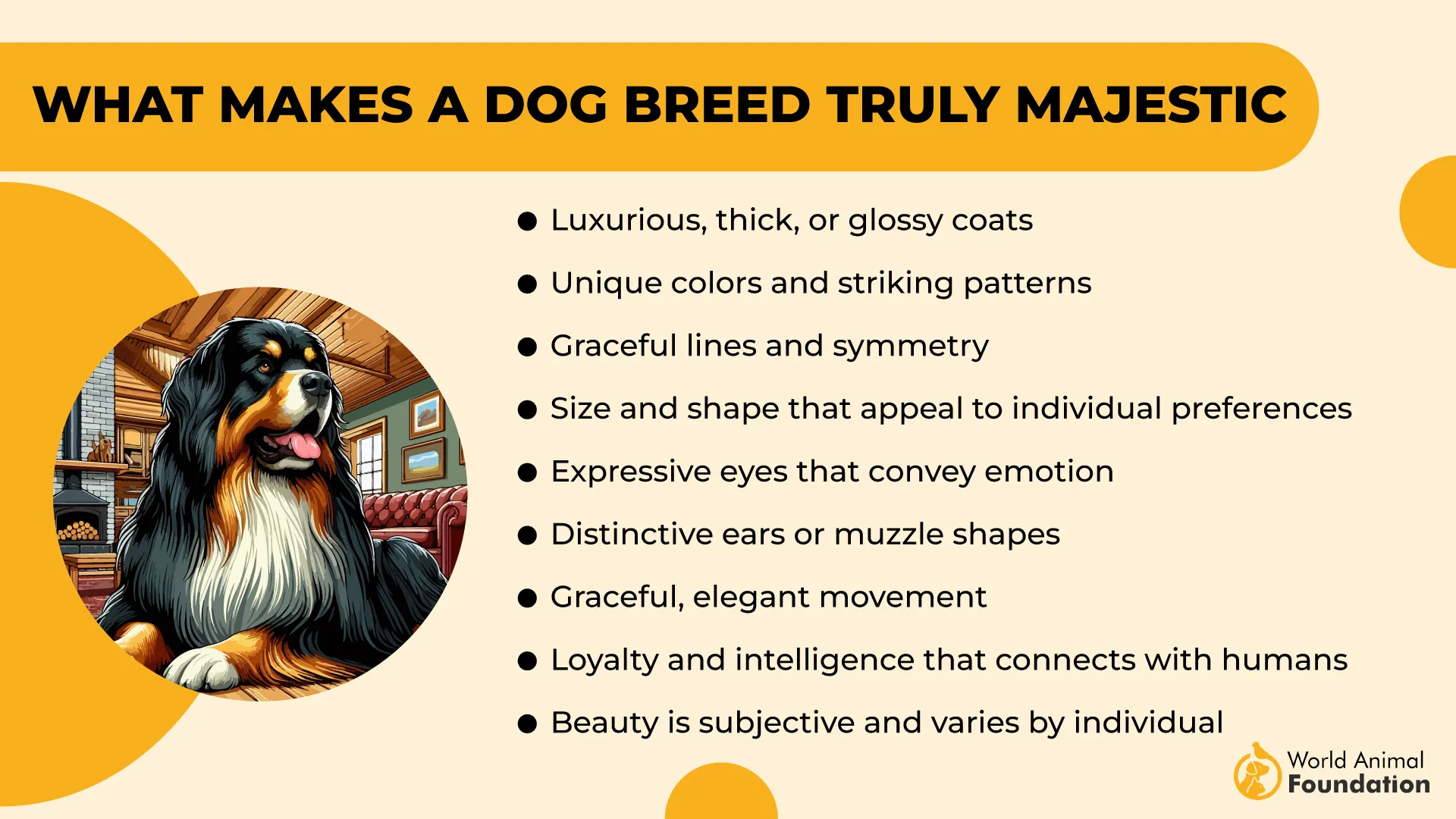
Height: Stands tall at about 23.5 to 27.5 inches at the shoulder. That’s nearly the height of a small child!
Weight: A hefty 55 to 85 pounds. Solid muscle, a thick coat, and a presence that says, “I’m here to work — and maybe eat your dinner if you’re not looking.”
Build: Robust, powerful, with a square and sturdy frame. The Giant Schnauzer is a working dog bred for herding cattle and pulling carts back in 17th-century Germany, so big muscles and stamina are built into its DNA.
Belgian Malinois:
The Belgian Malinois was developed in the Malines region of Belgium and was prized for its herding skills and intelligence. Over time, their smarts and agility caught the eye of police and military units worldwide.
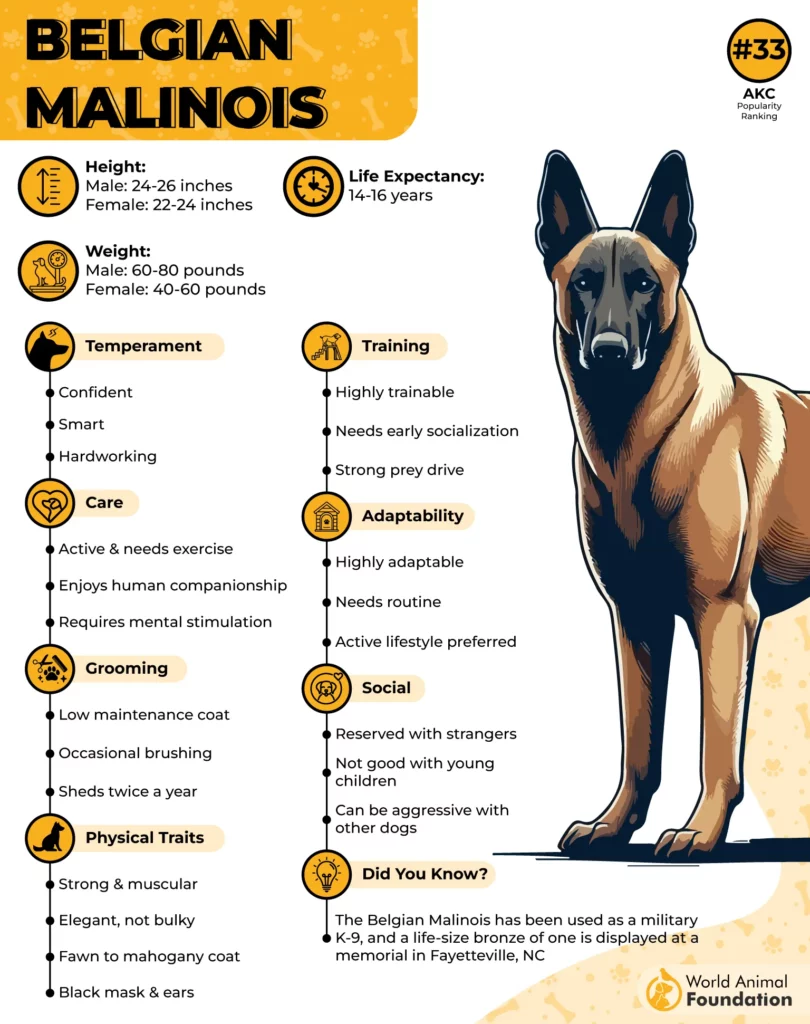
PetMD notes that this Belgian breed was initially developed for herding, but their intelligence, eagerness to work, and strong trainability have made them ideal for various roles, ranging from police work to search and rescue missions, as well as detecting bombs and narcotics.
Height: Slightly shorter than the Giant Schnauzer, typically 22 to 26 inches tall at the shoulder.
Weight: Leaner at 40 to 80 pounds, depending on sex and build. They’re like the Olympic athlete of dogs—lean, muscular, and built for speed and agility.
Build: Slimmer and more aerodynamic than the Giant Schnauzer, with a graceful yet intense stance. The Malinois is a herding dog from Belgium, bred to be quick, smart, and fiercely alert.
Temperament and Personality Traits
Giant Schnauzer:
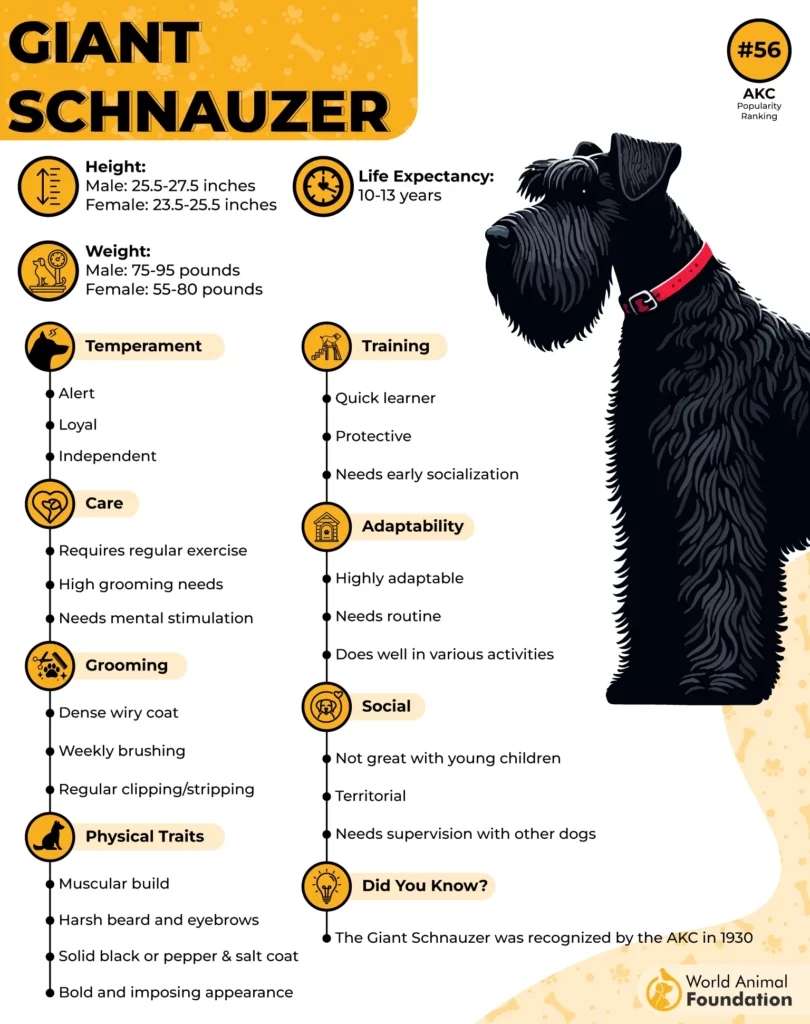
Personality: Think of the Giant Schnauzer as the no-nonsense security guard who also makes great dad jokes when off-duty. This breed is confident, courageous, loyal, and just a tad headstrong. They’re naturally protective of their family and can be suspicious of strangers (delivery guys, beware). Purina says these dogs are instinctive watchdogs who won’t hesitate to use their voice to grab your attention.
Temperament: Calm when properly exercised, but alert 24/7. They are deep thinkers with a strong will and sometimes act like they know more than you (and they might).
Best Trait: Their fierce loyalty and readiness to throw themselves between you and danger, even if the “danger” is just a squirrel.
Challenge: If not mentally stimulated, they’ll invent their own “missions”—like redecorating your backyard.
Belgian Malinois:
Personality: The Malinois is your hyper-focused valedictorian who drinks five espressos before 9 AM. They’re intensely intelligent, agile, and driven to work—whether that means herding sheep, chasing down bad guys, or solving puzzle toys at lightning speed.
Temperament: Sharp, alert, extremely loyal to their handlers, and incredibly responsive to training. These dogs don’t just like having a job—they need one.
Best Trait: Their dedication and ability to learn almost anything. They basically come pre-installed with Google.
Challenge: If left idle, they’ll self-destruct out of boredom. (Think: chewed walls, shredded cushions, or rearranged furniture.)
Bite Force and Jaw Characteristics
When They Bite, They Mean Business. Let’s talk bite, not just bark.
Giant Schnauzer:
Around 556 PSI (pounds per square inch).
Jaw Structure: Strong, broad jaw with a scissor-like bite. Combined with their muscular build, it’s like having a furry bear trap on your side.
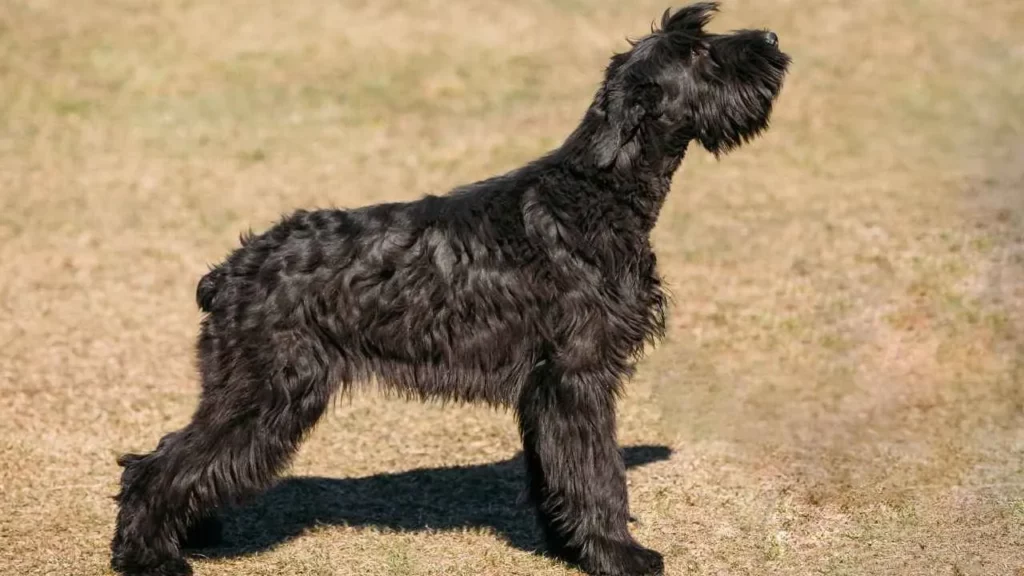
Fun Fact: Their bite force is nothing to sniff at—they were once used to drive cattle and guard valuable property. Trust us, those jaws can convince anyone to back off.
Belgian Malinois:
Roughly 195–250 PSI, but don’t be fooled by the numbers.
Jaw Structure: More streamlined but incredibly fast and precise. Their technique and bite control are unmatched, especially during police or military work.
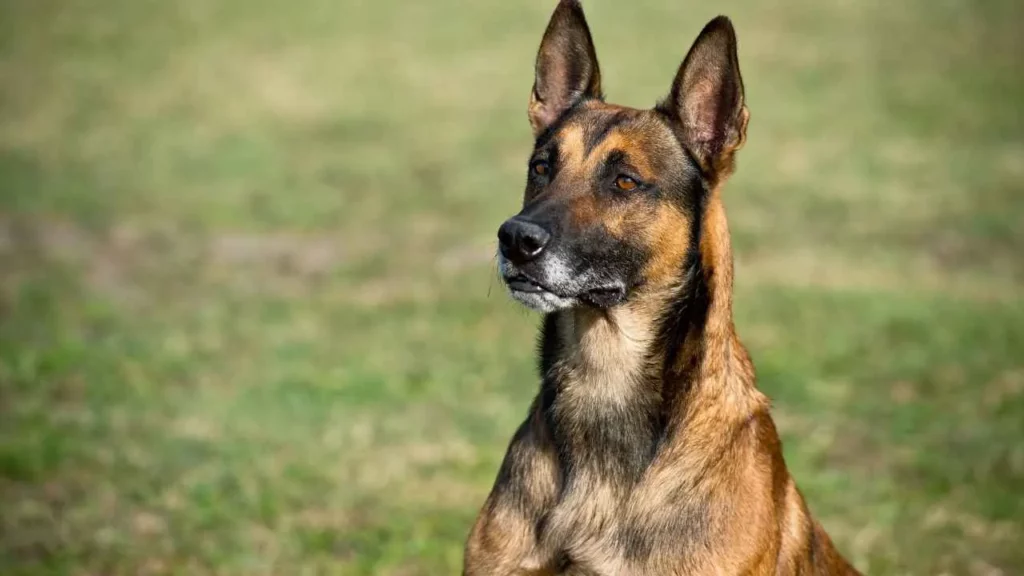
Fun Fact: Malinois are often trained to bite and release on command with surgical precision. They’re the snipers of the dog world—less brute force, more accuracy and speed.
Health Issues and Life Expectancy
Giant Schnauzer:
Life Expectancy: Typically 10–12 years, which is solid for a large breed.
Common Health Issues:
Hip dysplasia – That strong back end can suffer over time.
Hypothyroidism – Sometimes their metabolism just decides to take a nap.
Bloat (gastric torsion) – A serious condition common in deep-chested breeds. (No belly flops after dinner, please!)
Autoimmune diseases – They can be prone to conditions affecting their immune systems.
Progressive retinal atrophy (PRA) – Eye problems aren’t unheard of.
Health Summary: They’re tough and sturdy, but like many large breeds, they need regular vet checkups and good nutrition to keep everything running like a well-oiled guard dog machine.
Belgian Malinois:
Life Expectancy: Often 12–14 years, thanks to their lean build and athleticism.
Common Health Issues
Hip and elbow dysplasia – You can’t leap buildings in a single bound forever.
Cataracts – Some lines are prone to eye issues as they age.
Epilepsy – Seizures can occur in this breed, especially in some working lines.
Sensitivity to anesthesia – These dogs metabolize things a bit differently.
Health Summary: With proper care, the Malinois tends to live slightly longer. But their “go-go-go” lifestyle can lead to wear and tear if not managed with recovery time and proper conditioning.
Energy Levels and Exercise Requirements
Giant Schnauzer:
Energy Level: High
These guys are working dogs with attitude. They need structure, stimulation, and consistent training. They’ll happily patrol your yard, herd your kids, and then expect a 3-mile jog.

Exercise Needs:
1.5–2 hours of daily activity
Long walks, agility training, games of fetch, and obedience drills keep them happy.
Mental stimulation is just as important—puzzles, scent games, even chores (yes, they can carry groceries).
Warning: A bored Giant Schnauzer will redecorate your home. Chewed couches and shredded shoes are their version of “performance art.”
Belgian Malinois:
Energy Level: Extremely high
This dog doesn’t just want exercise—it demands it. They’re always ready to run, jump, climb, or learn a new trick. You know how your coffee starts kicking in 10 minutes after drinking it? That’s the Malinois—all the time.
Exercise Needs:
2+ hours of intense physical and mental stimulation
Daily walks, off-leash sprints, agility courses, nose work, and advanced obedience. Honestly, they could probably do your taxes if you taught them how.
Warning: A bored Malinois is like a tiny tornado with teeth and super speed.
Mental tip: For both breeds, exercising the brain is just as vital as exercising the body. Hide treats, teach new tricks, or enroll them in dog sports—they love a challenge.
Dietary Needs and Weight Control
Giant Schnauzer:
Appetite: These dogs have a solid appetite and will gladly help you clean up any kitchen spills…or unattended sandwiches.
Dietary Needs:
High-protein diet to support muscle mass.
Healthy fats for coat condition and energy.
Joint-supporting supplements (like glucosamine and chondroitin) are a smart move for those long legs and heavy frames.
Portion Control is Key: They can pack on pounds if overfed, especially if they’re not getting enough exercise.
Feeding Tip: Split meals into two servings a day to avoid bloat (which they’re prone to), and steer clear of high-carb, low-quality kibbles.
Fun Fact: A bored Schnauzer + a full treat jar = a self-appointed snack time. Watch those calories, or your guardian may turn into a giant snack.
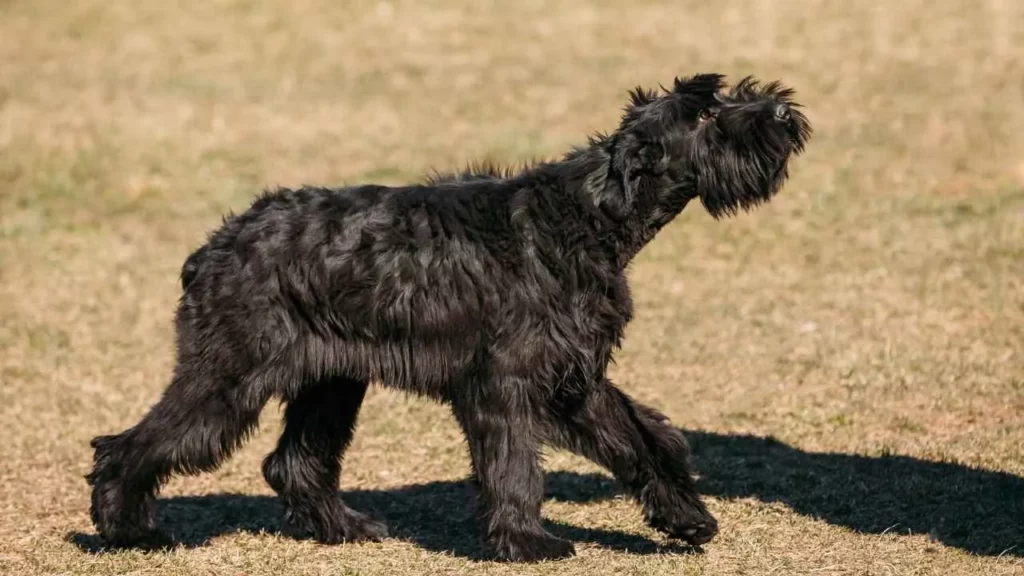
Belgian Malinois:
Appetite: They eat with purpose, and they burn it off faster than you can say “fetch.”
Dietary Needs:
Super high-protein and high-energy food is a must.
Balanced vitamins and minerals for recovery and endurance.
Omega fatty acids for coat shine and brain function (not that they need help in the brain department).
Watch the Weight? Rarely. Most Mals struggle to maintain weight due to constant activity.
Feeding Tip: Some may benefit from three smaller meals a day during high training seasons. And they love food puzzles to turn mealtime into a mini mission.
Malinois motto: “I run, I jump, I guard, I herd—feed me like an athlete or prepare for rebellion.”

Allergies, Shedding, and Grooming Needs
Giant Schnauzer:
Shedding: Surprisingly low. They’re hypoallergenic-ish (less dander, less sneezing).
Grooming Needs:
That iconic wiry coat needs brushing 2–3 times per week to avoid mats and keep it looking dapper.
Professional grooming (stripping or clipping) every 6–8 weeks is usually required unless you enjoy DIY fur-trimming chaos.
Clean their signature beard regularly—it’s a crumb magnet.
Allergies: Prone to a few food allergies (like wheat, chicken, or grains). A high-quality, limited-ingredient diet can help.
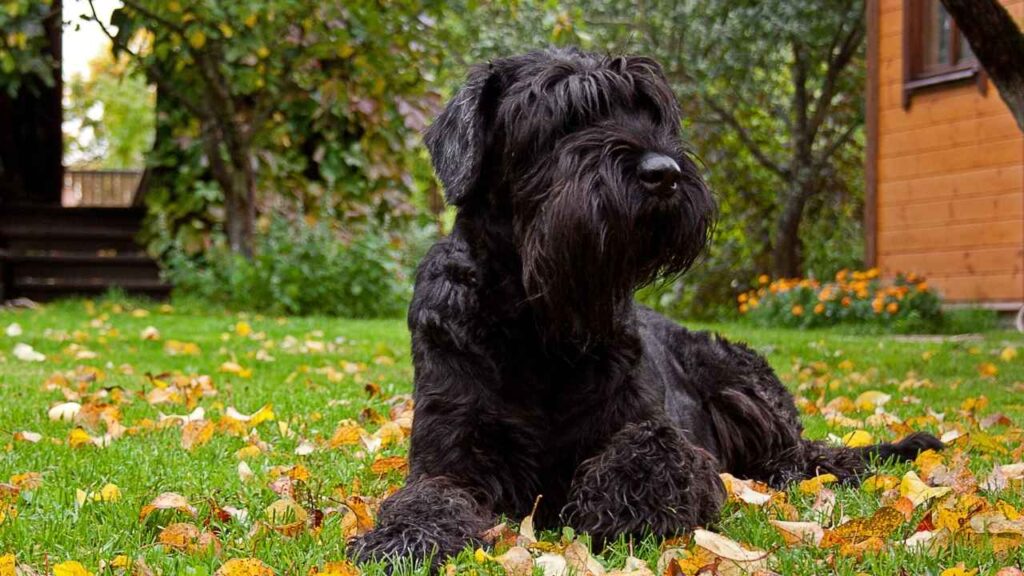
Bonus: Less shedding means less vacuuming…but more grooming bills. You win some, you pay for others.
Belgian Malinois:
Shedding: Oh yes. Twice a year, they “blow their coat,” and it’s like a fur blizzard inside your home.
Grooming Needs:
Weekly brushing is usually enough—unless it’s shedding season. Then you’ll want to switch to daily.
Bathe only when necessary (or when they roll in something mysterious).
Nails grow fast—clip them often, or you’ll hear the tap dance of doom across your floors.
Allergies: Can develop environmental allergies (dust, pollen) or food sensitivities (like beef or chicken). Watch for itching or ear infections as red flags.
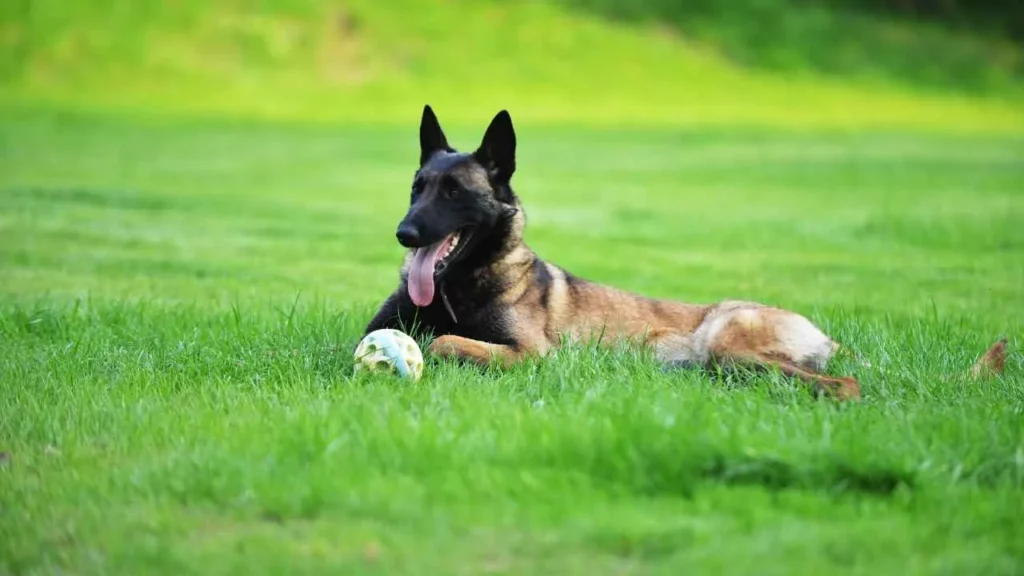
Real Talk: A Malinois will never need a salon day…but your vacuum might need therapy.
Conclusion
When comparing Belgian Malinois and Giant Schnauzer, both dog breeds are hard working, highly intelligent, and watchful, making them ideal for roles like search and rescue or to protect their owners. These puppies grow into loyal companions that live actively and adapt well to a structured lifestyle. While Belgian Malinois may show more sensitivity, Giant Schnauzers are known for their independence.
Training is essential, especially around other dogs, cats, and other pets. People looking for the best dog should check which breed fits their average activity level and home environment. Whether you prefer a male or female, both breeds generally make an excellent choice. While the Giant Schnauzer is rarer, the Belgian Malinois is easier to find. Either way, linking the breed to your lifestyle will help you pick the best breed for you.


